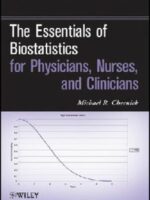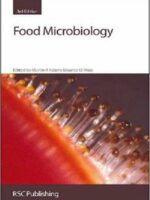Introduction
Frequently, hearing impairment has been considered to require no more than the provision of a hearing aid, with little understanding of the need for thorough aetiological investigation to ensure prevention and remediation where possible and structured rehabilitation programmes, if the distressing personal and social consequences of hearing impairment are to be avoided.
It is worth pointing out that one in every 1,000 new-born babies suffers from congenital severe or profound hearing impairment.
Furthermore, epidemiological studies demonstrate that the percentage of the population who have a hearing impairment that exceeds 45 dB HL and 65 dB HL are about 1.3% and 0.3% between the ages of 30 and 50 years, and 7.4% and 2.3% between the ages of 60 and 70 years, respectively (Davis, 1989).
Hearing loss has for some time, been considered a permanent effect and consequence of factors such as infections, ototoxicity, trauma and ageing.
In recent years, molecular biology and molecular genetics have made a key contribution to the understanding of the normal and defective inner ear, not only in congenital profound hearing impairment but also in late onset/progressive hearing impairment.









Be the first to review “Genes, Hearing, And Deafness”